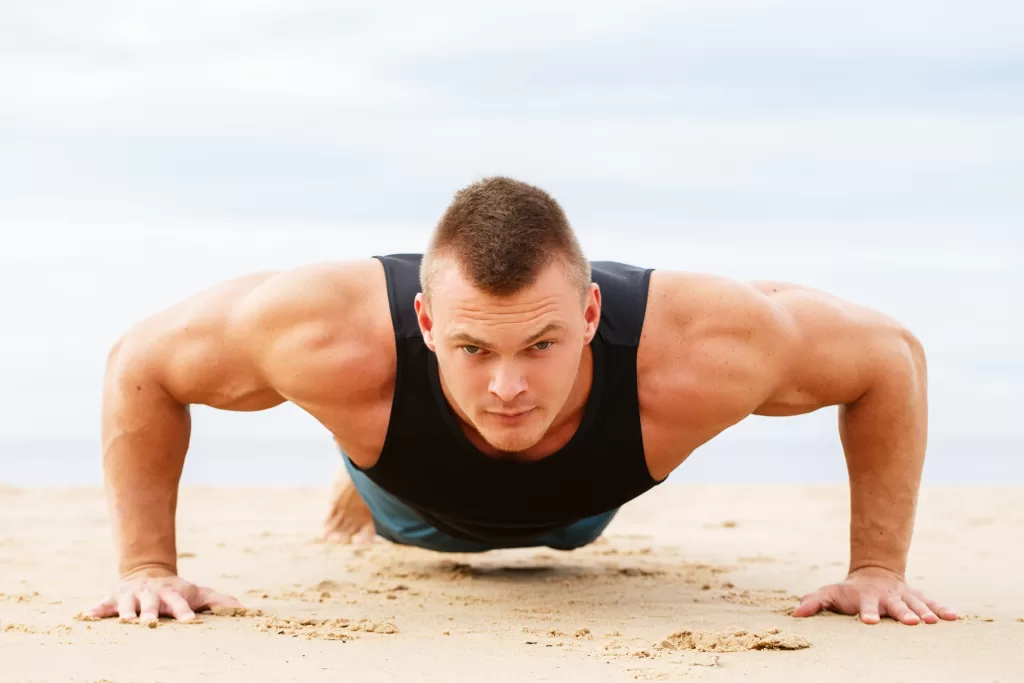Affinity Health, a leading provider of high-quality health coverage, debunks common core muscle myths and reveals what truly works for building a strong core.
When it comes to fitness, the “core” has become something of a buzzword. Everywhere you turn, there’s talk of strengthening, stabilising, or sculpting the perfect core. It’s all about the core! But amidst all this chatter, a few myths have cropped up. Some are harmless, but others might keep you from reaching your true potential.
Affinity Health busts a few of these core muscle myths:
Myth 1: Crunches Are the Best Way to Get a Six-Pack
The visibility of your abs is more about body fat percentage than the number of crunches you can crank out. To see your abs, you must be at 10% body fat or less (18% or less for women). You can have the strongest abs in the world, but if they’re hidden under a layer of fat, they won’t show.
Plus, crunches primarily target the rectus abdominis (the muscles that form that six-pack), but they don’t do much for the other muscles in your core. If you aim for visible abs, focus on a balanced diet and full-body workouts that burn fat. When it comes to exercises, mix in planks, leg raises, and rotational movements to engage all parts of your core.
Myth 2: You Need to Work Your Core Every Day
Like any other muscle group, your core muscles, obliques, transverse abdominis, or lower back need time to repair and grow stronger after a workout. However, overtraining can lead to fatigue and injury, setting you back instead of moving you forward. Rather, aim to work it two to three times a week. On the other days, focus on different muscle groups or cardio.
Myth 3: A Strong Core Means You Have a Six-Pack
Your core includes your lower back, obliques, diaphragm, and even the muscles around your pelvis. A strong core can stabilise your entire body, improve your posture, and support every movement you make, from picking up groceries to swinging a golf club. Someone can have a visible six-pack but still struggle with lower back pain or poor posture. Conversely, someone with a strong, functional core might not have a six-pack but can deadlift heavy weights and run marathons.
Myth 4: Core Exercises Will Get Rid of Belly Fat
Spot reduction is one of those stubborn fitness myths that just won’t die. People often believe that doing a lot of core exercises can burn fat from their belly area directly. The reality is you can’t control where your body loses fat. Fat loss happens uniformly across your body, depending on your genetics, diet, and overall activity level.
Core exercises will strengthen the muscles underneath, but you need to lower your overall body fat through cardio, strength training, and nutrition to reveal those muscles. Keep your workouts varied and consistent and focus on healthy eating. In time, the fat will come off where it will, and your strong core will be ready and waiting to show itself.
Myth 5: Core Strength Is Only Important for Athletes
Everyone needs a strong core. Your core stabilises your spine, aids in balance, and helps you move efficiently and safely. Whether you’re an athlete, a parent carrying a toddler, or someone who sits at a desk all day, a strong core can prevent injuries, alleviate back pain, and improve your overall quality of life.
What Really Works?
Let’s talk about what works for building a strong, functional core.
Variety: Incorporate a mix of exercises that target all the muscles in your core. Planks, side planks, leg raises, Russian twists, and bird dogs are great options that hit different areas.
Full-Body Workouts: Engage your core in compound movements like squats, deadlifts, and overhead presses. These exercises require stability and will functionally challenge your core.
Nutrition: If you want visible abs, what you eat matters as much as (if not more than) what exercises you do. Focus on a balanced diet that supports fat loss.
Consistency: As with any fitness goal, consistency is key. Stick with a balanced routine and give your core the attention it deserves but remember to allow for recovery.

Listen to Your Body: Everyone’s body is different. Pay attention to how your core feels after workouts and adjust your routine accordingly. Rest is as important as the workout itself


























